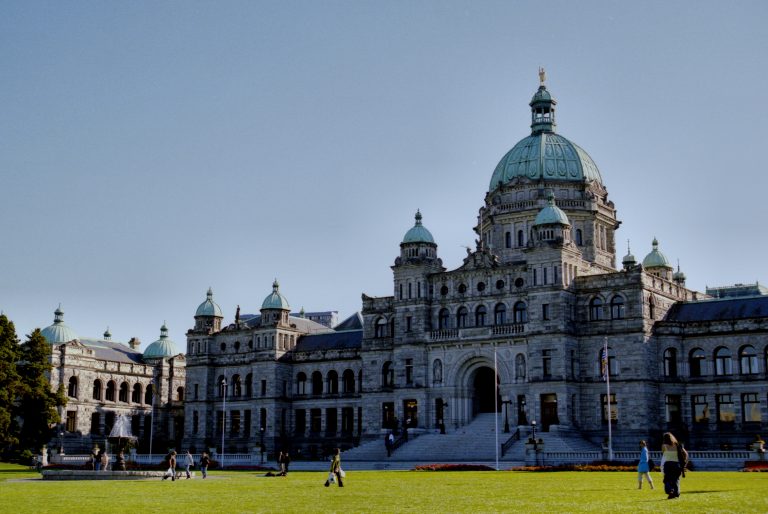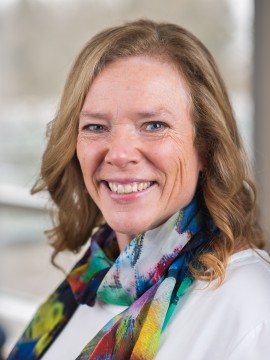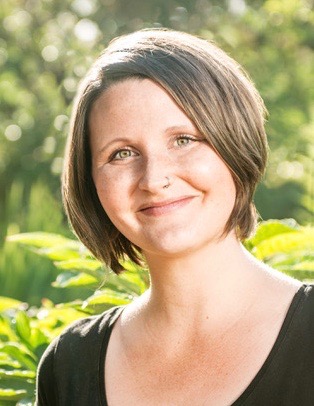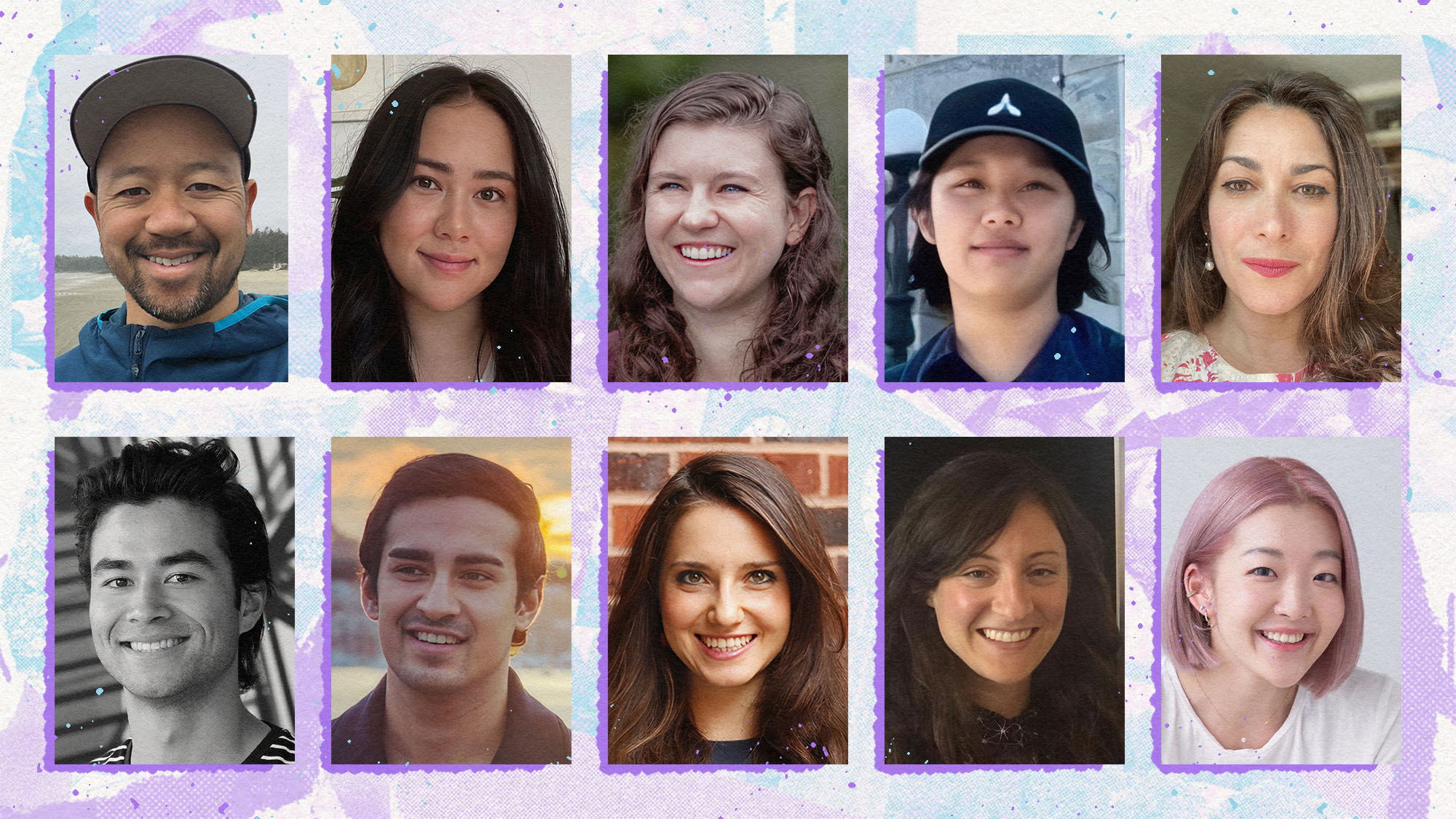

UBC Political Science experts gathered at UBC Robson Square on May 10 to discuss the uncertain results of the B.C. election, which gave the B.C. Liberals 43 seats, the NDP 41, and the B.C. Greens three. The outcome won’t be official until the final count is concluded on May 24, adding absentee and other special ballots to the total. Political Scientists Gerald Baier, Kathryn Harrison, Richard Johnston and PhD graduate Grace Lore shared their insights on where we stand and what might come next.


Gerald Baier’s teaching and research interests are in Canadian politics with a focus on the constitution, federalism and public law.
Gerald Baier, Associate Professor, Political Science
“What happens in the legislature over the next few weeks will matter a lot.”
One of the key things I saw in this election is a reminder that the legislature chooses the government and voters choose the legislature. What happens in the legislature over the next few weeks will matter a lot. Christy Clark has said she’s going to govern as though she’s won and she has every right under the constitution to go back to the house – and until they’re defeated – to stay in power. John Horgan hasn’t conceded anything however, and negotiations might happen.
The Greens and NDP could form a coalition and deny Christy Clark the Speech from the Throne. If that happens, Clark would go to the Lt. Gov. and and either offer her resignation or recommend another election. It would be within the Lt. Gov.’s reserve powers to deny another election if the NDP and Greens have formed a coalition. If the Liberals ultimately win 44 seats, it’s a different story. It’s a razor-thin margin, and Christy Clark would have to go to the legislature a lot more often than she did in the past, but it allows her to operate. Attendance at the legislature would matter more than it does when somebody has a bigger share of the seats.


Kathryn Harrison is a Professor of Political Science and Acting Dean of Arts. Her research interests include the environment, energy and climate policy.
Kathryn Harrison, Professor, Political Science
“The NDP would have done worse in this election had it not been for the Green vote.”
It was a big night for the Greens – they doubled their share of the popular vote, they went from one seat to three, and I expect that Andrew Weaver has been on the phone with both John Horgan and Christy Clark. In general, the high-profile policies in the Green platform are closer to the NDP, but it’s not clear the leaders are so close, nor necessarily that their voters are.
There’s a popular narrative that the Green voters were spoilers and split the vote on the left – that 57% of B.C. voters didn’t want to elect Christy Clark, but that Green voters allowed her to win. I think there’s a different way of looking at that, which is not to assume that Green voters just didn’t get the memo, that they didn’t understand strategic voting and understand where their interests lie – which I think is unlikely given what a hard press there was not to divide the left.
A different interpretation is that the Greens actually disproportionately hurt the Liberals and helped the NDP. When I looked at the shifts in voter share riding by riding from Elections B.C. data, I found three cases where the Greens seem to have directly or indirectly hurt the NDP. In two cases they won seats previously held by NDP, and in another, they seem to have siphoned votes from the NDP and allowed the Liberal to win. But in eight other ridings, it looks like the increase in the Green vote share came disproportionately from the Liberals, allowing the NDP to win when they arguably wouldn’t have otherwise. That interpretation is that the NDP would have done worse in this election had it not been for the Green vote.


Prof. Richard Johnston holds the Canada Research Chair in Public Opinions, Elections and Representations.
Richard Johnston, Professor, Political Science
“Andrew Weaver has to stickhandle through this very carefully.”
I’m struck by the fact that the electoral map looks remarkably like the map of the 1950s and ’60s. Different forces on the centre-right emerged to block the left. That has been the recurring dynamic of B.C. politics – fusion on the centre-right to keep the NDP or CCF before it from gaining power. It’s essentially worked five times in six. It definitely didn’t work this time, but that succession of coalitions of the centre-right have changed shape. It will be interesting to see whether the Liberal party, given its transformed base, undergoes a further transformation, that might take it away from appeals to the Lower Mainland, because they’re sure not winning it right now.
The other thing that strikes me is the whole question of minority government. It’s not unusual in the history of post-war parliamentary politics to have minority governments, although they’re rare in B.C.. It’s easier to imagine a deal between Greens and the NDP – not personality-wise but on substance – John Horgan has already signaled the basis of the deal. But who benefits? If it’s true that British Columbians voted for a change – if you’re Andrew Weaver that must mean ousting Christy Clark from government. But to do that, Weaver has to back the loser. Optically that’s not great.
Out there in the electorate, the argument that the party with the largest number of seats and popular vote has the right to govern has a lot of resonance. Andrew Weaver has to stickhandle through this very carefully. He may have the effect of de-legitimating his own party and the NDP by putting them in power. It’s also entirely possible it won’t be a minority government. Until the parliamentary situation clarifies, there may be a little bit of Kabuki but nothing real.


Grace Lore is Senior researcher for Equal Voice, a multi-partisan, non-profit organization that promotes the election of more women in Canadian politics. Grace recently completed her PhD at UBC, studying women’s political representation.
Grace Lore, UBC Political Science Alumna and Senior Researcher for Equal Voice
“This was a disappointing election in terms of women’s representation”
Thirty-four women were elected yesterday. That puts the B.C. legislature at 39% women. Although B.C. remains the province with the highest proportion of women elected and there was a one per cent increase, this was a disappointing election for women’s representation.
We had anticipated a significant increase in women elected due to the number of women on the ballot increasing dramatically since 2013. For the first time, a major party (the NDP) had over 50% female candidates, and we saw significant diversity among women in both parties. But we just did not see the same pattern emerge in terms of the women elected. The Liberal caucus actually went down to 33% women. The NDP increased to 46% but did not near that parity mark they did with their candidates. This is because women were more likely to be running in ridings where their party lost by more than 10% in the previous election, and less likely to be running in party strongholds where their party won by more than 10 percentage points.
To be clear, it’s not that voters are not voting for women – we see people voting along party lines irrespective of the gender of their candidate. But we do see this difference in terms of the types of ridings women are in. The nomination process remains a significant barrier, but what this election shows is that just getting on the ballot isn’t sufficient, it’s the nomination races they enter and win and the ridings they run in.


